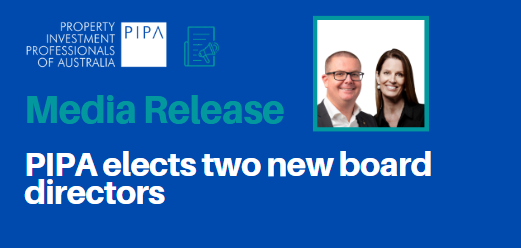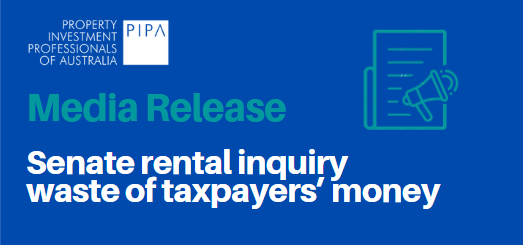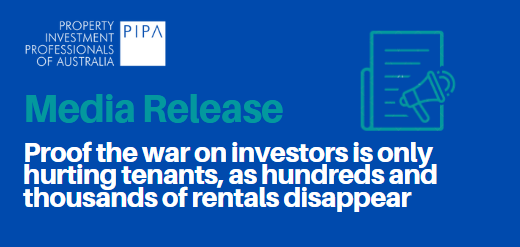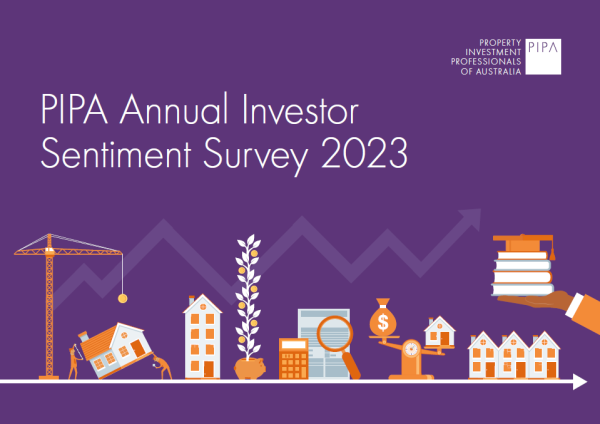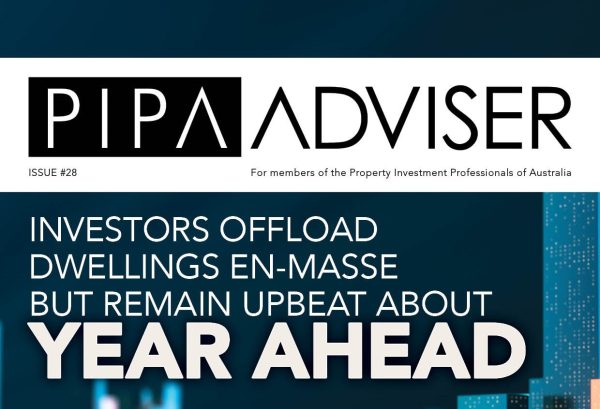The $58 billion cost of Anthony Albanese’s next broken promise
Feb 2024Karen Millers
Categories
Location ReportsMedia releasesNational market updatesPersonal advisersPIPA AdviserPIPA Annual Investor Sentiment SurveysPIPA Member ProfilesPIPA video updatesPIPA webinarsPodcastsProperty advisersProperty newsLatest Articles
Rent rises ease but crisis’ link to population density found to be tenuous
Jordan van den Berg: The ‘Robin Hood’ TikToker taking on Australian landlords
Victorian property investors face yet another new property tax as council tests levy
Rentvesting in Australia: A deep dive
‘More chance of winning lotto’ than housing targets being met
Tampering with negative gearing and capital gains tax concessions would cost the Federal Government up to $58 billion over just 10 years and gut the already-stretched rental market of supply, according to new research.
After Anthony Albanese’s decision to break his election commitment to support in full the stage three tax cuts, despite repeated reassurances, media speculation indicates the prime minister may now be turning his attention to broader tax reform.
Modelling by the Property Investment Professionals of Australia (PIPA) shows Labor’s previous policy of limiting negative gearing to brand-new homes and cutting the capital gains tax discount would have huge ramifications if applied today.
As well as driving investors out of the market in droves, that kind of drastic reform by the government would leave a gaping hole in the federal budget.
The Federal Government earns billions of dollars in tax from CGT every year with the ATO reporting some $26.4 billion in individual real estate capital gains in the 2020-2021 financial year.
PIPA board member Peter Koulizos, a property economics academic, said his research also showed the benefits of negative gearing weren’t as generous as the government likes to imply.
“Investors already pay more than six times in capital gains tax than what they receive in negative gearing benefits over a 10-year period, so, the government is well ahead financially as it is,” Mr Koulizos said.
The PIPA modelling* found an investor who bought a $925,000 property today could potentially receive $20,415 in negative gearing benefits over a decade but could pay about $116,336 in capital gains tax when they sold – leaving the government with a $95,921 net gain.
The modelling found changes could cost the government between $19.3 billion and $58 billion over 10 years, plus., fewer investment properties would drive rents higher and further hinder first-home buyers from entering the market.
The modelling found:
- If investment activity reduced by 15 per cent there would be 499,000 fewer properties available for rent with the total loss of capital gains tax revenue to government being $58 billion over 10 years.
- If investment activity reduced by 10 per cent there would be 333,000 fewer properties available for rent with the total loss of capital gains tax revenue to government being $38 billion over 10 years.
- If investment activity reduced by five per cent there would be 166,600 fewer properties available for rent with the total loss of capital gains tax revenue to government being $19.3 billion over 10 years.
That isn’t even the worst-case scenario, given 38 per cent of landlords indicated in the 2023 PIPA Investor Sentiment Survey they may sell up in the coming year because recent tax and tenancy reforms made investing an unattractive proposition.
“If Anthony Albanese suddenly adopts a draconian policy like the one Labor took to two elections, I have no doubt property investors will be seriously discouraged from buying property,” PIPA Chair Nicola McDougall said.
“When it last proposed these drastic measures, Labor claimed it would incentivise landlords to buy new homes, stimulating supply, but our research shows 93 per cent of investors buy established dwellings.”
Ms McDougall said the government’s belief that fewer investors in the market would mean more first-home buyers is also deeply flawed, with the number one barrier to homeownership for young Australians being the ability to save for a deposit and the stamp duty.
“The ability to save a property deposit won’t improve by attacking investors,” Ms McDougall said.
“In fact, those hoping to buy their first home will have even less money to save if their rents suddenly skyrocket because of a mass exodus of landlords.
“Saving a deposit for your first property has always been difficult and has been made even more so by soaring interest rates and the tendency for government benefits to focus on new dwellings.
“That’s despite the data showing more than 80 per cent of first-time buyers choose established dwellings because that’s what they can afford.”
Mr Koulizos said the reduction in revenue is likely to be even greater after the 10-year period as there would be fewer investors paying tax on their positively geared properties, as well as paying capital gains tax on the strong equity growth that usually occurs after holding an established property for 10 to 20 years.
“Making changes to negative gearing and capital gains tax provisions in the midst of a housing crisis isn’t smart and Anthony Albanese should carefully consider his next move. It won’t just be renters who pay dearly – but the budget’s bottom line,” Mr Koulizos said.
ENDS
*PIPA modelling
- According to ABS, national median price of residential dwelling was $925,000 in September 2023.
- According to SQM Research, combined weekly rent in February was $613 per week.
- According to the ABS, there are approximately 3,320,000 rental properties in Australia.
Modeling assumptions
- Established house values increase at 7% per annum.
- Rent increases at 5% per annum.
- Property expenses calculated 25% of the rental income.
- Initially borrowed $700,000.
- Interest calculated at an average of 5% for the 10-year period.
- Interest only loan.
For more information, or to organise an interview with Peter Koulizos, please contact:
Bricks & Mortar Media | media@bricksandmortarmedia.com.au | 0405 801 979
